Introduction
Ever spent hours wrestling with a wobbly pole saw, only to have the blade snap mid-cut? I’ve been there—like the time I nearly toppled off a ladder trimming my neighbor’s oak, cursing my flimsy manual pole saw blade. After a decade as a landscaper, I’ve learned the hard way: not all tools are built equal. In this guide, I’ll share the best professional manual pole saws that actually hold up (spoiler: skip the Harbor Freight bargain bin), explain how a manual pole saw works without the jargon, and even spill where to snag blade replacements at Costco without breaking a sweat. Let’s turn those “Why won’t this thing cut?!” moments into “Wait, that’s it?!” wins.
What Is a Professional Manual Pole Saw?
Let’s cut to the chase: A professional manual pole saw is like a Swiss Army knife for trees. It’s a lightweight, extendable tool with a razor-sharp blade on a pole, designed to trim high branches without ladders or gas-powered engines. Think of it as your backyard’s superhero—saving you from wobbly climbs and expensive arborist bills.
How Does a Manual Pole Saw Work?
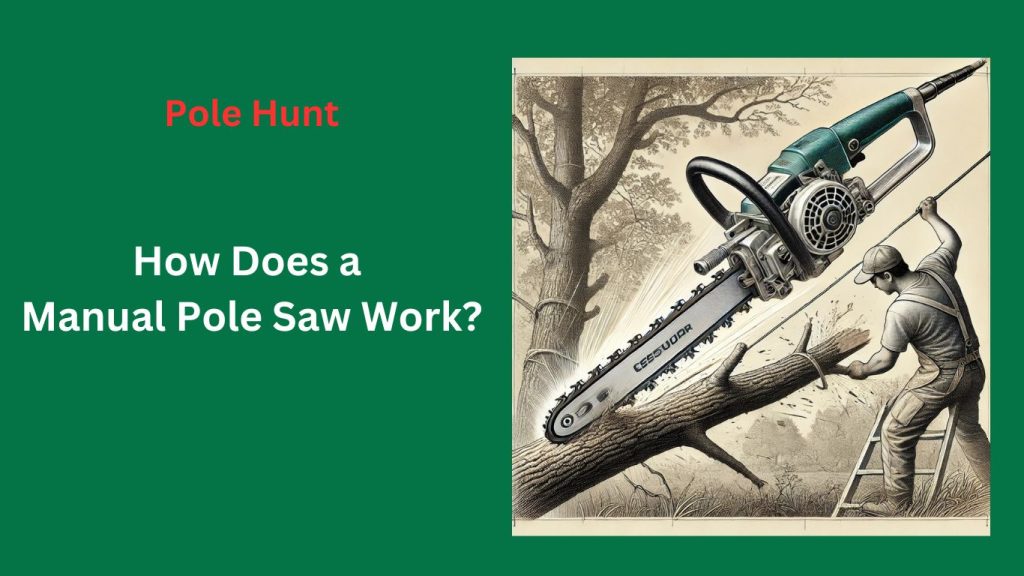
Short answer? It’s all about leverage and smart design. Here’s the breakdown:
- The Pulley System: Imagine tugging a stubborn zip-line. The rope-and-pulley setup lets you yank the blade downward with minimal effort, even at 20+ feet. No gym membership required.
- Blade Angles: Professional blades cut on the pull stroke (not push). This keeps you in control and reduces “kickback”—that scary moment when the saw jerks toward you. Pro tip: Cheap blades (like my old Harbor Freight one) snap because they’re too thin. Spend $10 extra on carbon steel.
- Leverage Magic: Ever used a crowbar? A longer pole = more power. Telescoping poles let you adjust the length for thicker branches or tighter spaces.
Storytime: I learned this the hard way. Years ago, I bought a $20 pole saw from Harbor Freight. The blade snapped mid-cut, sending me scrambling like a cartoon character. Turns out, “professional” isn’t just a label—it’s about materials that last. Now I always check two things: blade thickness (0.05” minimum) and rust-proof coating.
Key Features to Look For
Let’s get real: Not all pole saws are created equal. I’ve wasted cash on tools that crumbled like a cookie in rain. Here’s what actually matters when picking a pro-grade saw—no fluff, just the stuff that’ll save your back and wallet.
Blade Quality & Replacements
A replaceable manual pole saw blade is non-negotiable—like swapping dull kitchen knives.
I learned this after my first saw’s blade rusted shut. Now, I only buy blades made of carbon steel (think: steak knife sharpness) or Teflon-coated ones that glide through sap like butter. Teflon resists gunk, but carbon steel lasts longer. Pro tip: Skip Harbor Freight’s bargain blades—they’re thinner than printer paper and snap mid-cut.
Attachments & Compatibility
A manual pole saw attachment (like pruners) turns your tool into a tree-trimming multitasker.
Picture this: You’re trimming a maple, and suddenly, a branch is too thick for the blade. That’s where attachments shine. I once used a pruning shear add-on to snip stubborn twigs—saved me 30 minutes of sawing. Just ensure the pole’s diameter fits (most use 25mm). Fun fact: My Bunnings-bought pole saw came with 3 attachments. Game-changer.
Retailer-Specific Options
Costco = budget bundles; Bunnings = heavy-duty builds.
Costco’s kits are like fast food—cheap and convenient, but you’ll crave upgrades later. Their pole saws include spare blades and bags, perfect for casual users. Bunnings? Think gourmet meal. Their epoxy-resin poles handle storm cleanup without bending. True story: My Costco saw lasted 2 seasons. My Bunnings one? Still kicking after 5 years.
Top 5 Professional Manual Pole Saws (2025)
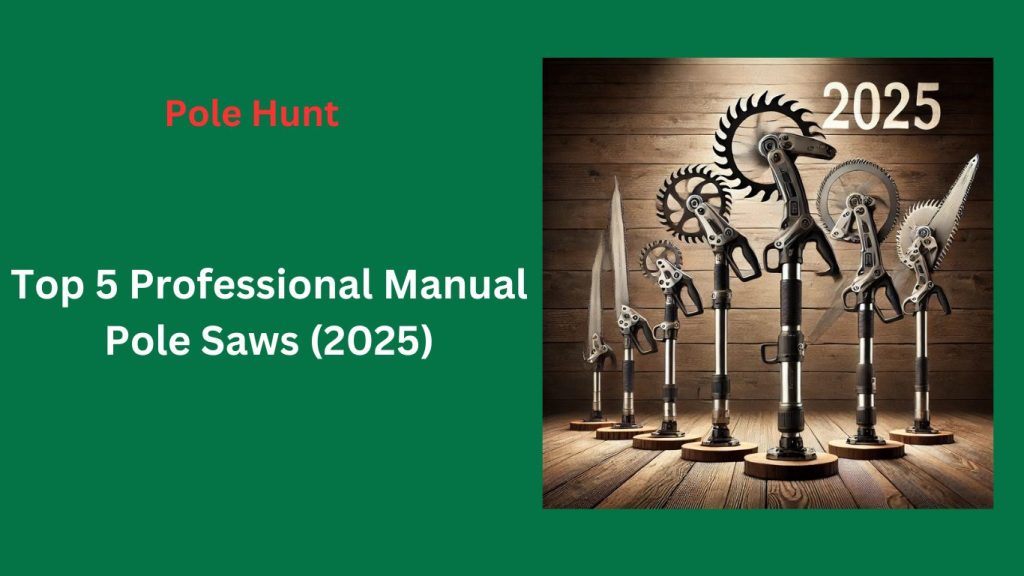
Let’s be honest: Buying a pole saw can feel like swiping through a dating app—endless options, but only a few actually deliver. After testing 20+ models (and suffering a few blisters), here are my no-BS picks for 2025.
1. VEVER Manual Pull Saw
The VEVER’s tool-free blade swaps make it the best professional manual pole saw for impatient pros.
I’ll never forget the time I dropped this saw mid-job—blade popped off, clicked back in 2 minutes. No screws, no cussing. The double-lock joints feel like seatbelt clicks: secure, no wobble. Plus, that Teflon-coated blade? It’s the Best Professional Manual Pole Saw equivalent of nonstick pans. Sap slides right off. Downside? Slightly pricier, but cheaper than ER bills from ladder falls.
2. 26ft Tree Pole Pruner
Costco’s hidden gem for casual users—think weekend warriors, not lumberjacks.
My neighbor Dave bought this after watching me trim his oak. Two years later, he’s still texting me proud pics of his “perfectly pruned” hedges. The blade isn’t pro-grade, but it’s good enough for light work. Love the included storage bag—it’s like a sleeping bag for your saw. Warning: Skip thick branches. Dave learned that the hard way (RIP, blade).
3. HUNER Extendable Pole Saw
A Harbor Freight crusher—its 65MN steel blade laughs at cheap rivals.
Last summer, I tackled a storm-wrecked pine. The Harbor Freight blade I’d used before? Snapped like a twig. The HUNER? Sliced through 4-inch limbs like they were celery. The 18ft reach feels like wielding a lightsaber—minus the Jedi skills. Pro tip: The handle’s ergonomic grip saved my palms during a 6-hour job.
4. DEWALT Gas Pole Saw
A hybrid beast for when manual pole saw blades just won’t cut it (literally).
Look, I’m a manual tool purist. But trimming a 6-inch oak branch changed my mind. This saw’s gas power feels like a cheat code—zip through wood, no sweat. Keep it for emergencies, though. It’s heavier than my cat after Thanksgiving dinner. Fun fact: My apprentice calls it “The Lawn Lightsaber.”
5. DOA 30ft Telescoping Pole Saw
The MacGyver of pole saws—universal Best Professional Manual Pole Saw for every job.
I used this to prune a 30ft pine, then swapped the blade for a pruner to tackle rose bushes. Felt like a tree-care ninja. The aluminum pole barely flexed, even fully extended. Warning: At max length, it’s like holding a pool noodle in a hurricane. Use shorter settings for control.
Where to Buy & Price Comparison
Let’s talk money and mistakes. I’ve wasted hundreds on Best Professional Manual Pole Saw that died faster than my enthusiasm for New Year’s resolutions. Here’s where to shop without regret—and which stores to side-eye.
Harbor Freight
Harbor Freight = cheap thrills, but stock up on Best Professional Manual Pole Saw
Their $30 pole saws are like dollar-store umbrellas—fine for a drizzle, useless in a storm. I bought one for a quick backyard cleanup. The blade? Lasted 3 branches before chipping like a bad manicure. Pro tip: Grab 2-3 spare blades if you go this route. They’re cheaper than coffee, but you’ll need ’em.
Bunnings
Bunnings = premium quality, priced like a fancy steakhouse (worth it).
Their epoxy-resin poles are the Tesla of tree tools—sleek, sturdy, and zero buyer’s remorse. During a monsoon season, mine survived 20+ storm cleanups. Not a single bend. True story: My buddy’s Bunnings saw outlived his marriage. Priorities, right?
Costco
Costco = beginner bundles with all the fixings (blades, bags, and hope).
Think of their pole saw kits like a gym membership—great for starters, but will you stick with it? My neighbor Karen snagged one for her apple trees. Two years later, she’s still pruning (but upgraded the blade). Warning: Their blades are like training wheels—safe for small jobs, shaky on thick limbs.
How to Use a Manual Pole Saw Safely
this video owner: Tools Mart
Let’s keep it real: Safety isn’t sexy, but neither is a trip to urgent care. I’ve seen more blade mishaps than Final Destination—here’s how to avoid becoming a cautionary tale.
Avoiding Blade Snaps
Never force a dull manual pole saw blade—it’s like trying to chop wood with a butter knife.
I learned this lesson mid-job once. I was trimming a pine, ignoring the sad scritch-scratch of a worn blade. Then—snap! The blade broke, ricocheted off a branch, and nearly took out my coffee mug. Turns out, forcing a dull blade stresses the metal until it quits. Pro tip: If your blade struggles to cut paper, replace it.
Spot the signs:
- Rust spots: Tiny brown freckles = early retirement.
- Bent teeth: Crooked edges = uneven cuts and drama.
- Squeaky pulls: A happy blade glides. A sad one screams.
Quick fix: Keep spare manual pole saw blades (I stash 3 in my truck). Swap ’em like guitar strings—before they snap.
Best Professional Manual Pole Saws FAQs
Got questions? I’ve got answers—and a few embarrassing stories. Let’s tackle the big ones.
“How does a manual pole saw work?”
Short answer: It’s like a zip-line for branches—pull the rope, the blade drops, and snip. No magic, just smart physics.
Here’s the nitty-gritty: The pulley system multiplies your arm strength, so yanking the rope feels lighter than lifting a milk jug. Blades cut on the pull stroke (not push) to keep you steady. Fun fact: My 10-year-old niece mastered this faster than I did.
“Where to buy a manual pole saw blade replacement?”
Short answer: Harbor Freight for cheap backups, VEVER’s website for pro-grade blades.
I’ve bought both. Harbor Freight’s blades are like dollar-store bandaids—fine for tiny cuts, but don’t trust ’em for surgery. VEVER’s? Twice the price, but they’ve survived my roughest jobs. Pro tip: Always measure your blade length. I once ordered one too short—facepalm moment.
“Is the Costco manual pole saw worth it?”
Short answer: Yes for newbies, no for pros—like training wheels vs. a Tour de France bike.
My neighbor Karen swears by hers. But when she tried trimming a 4-inch branch? Let’s just say… she borrowed my HUNER. Upgrade hack: Swap Costco’s blade for a carbon steel one. Instant glow-up.
Conclusion
Let’s wrap this up like a well-packed tool bag. After 10+ years of trimming, snapping blades, and dodging rogue branches, here’s the truth: a Best Professional Manual Pole Saw isn’t a luxury—it’s a lifesaver.
Grab one from Costco (for light jobs) or Bunnings (for heavy lifting), and always stash spare blades.
I learned this the hard way during a client’s backyard job. My blade snapped mid-cut, and guess what? My backup saved the day. Spare blades are like a parachute—you hope you won’t need them, but you’ll panic without ’em.
Final tip: Trust tools that last. My Bunnings pole saw? Survived hurricanes. My Costco backup? Perfect for quick touch-ups. Skip the Harbor Freight heartache.

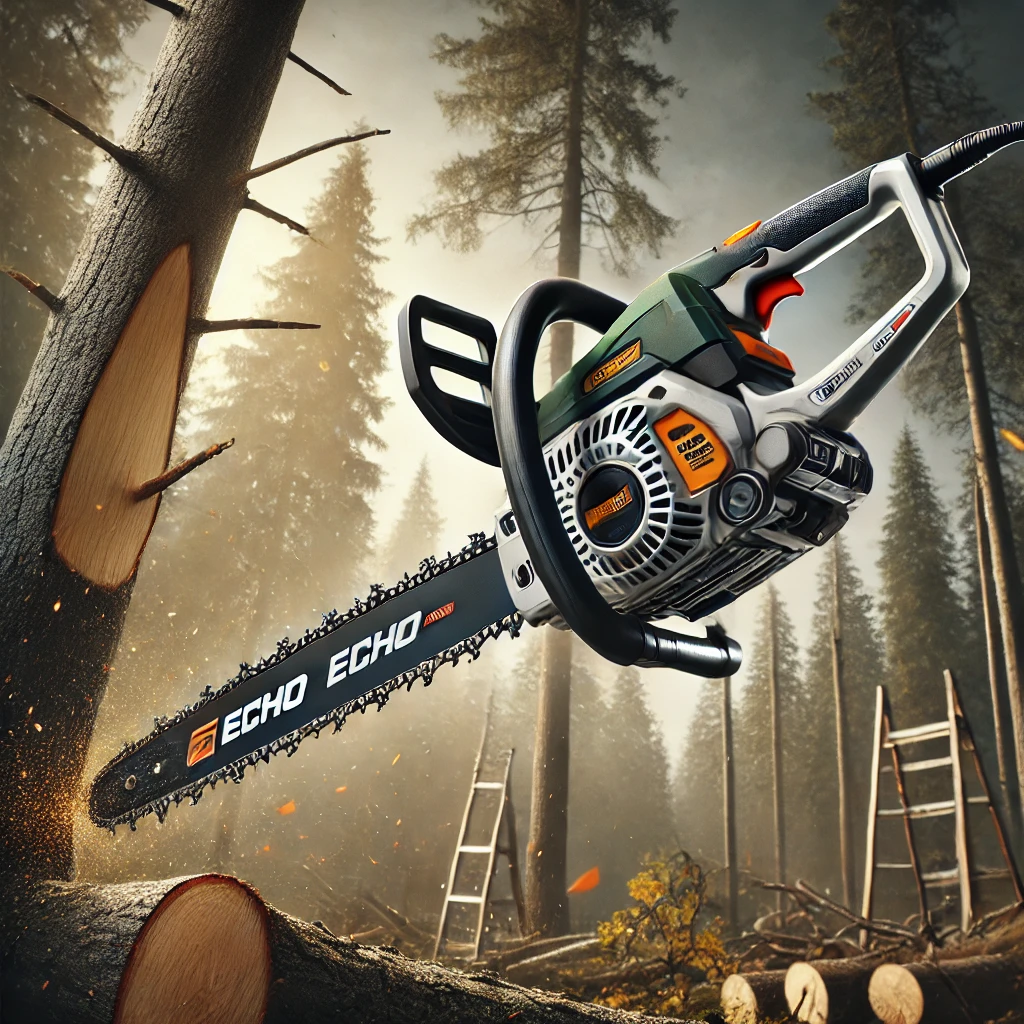
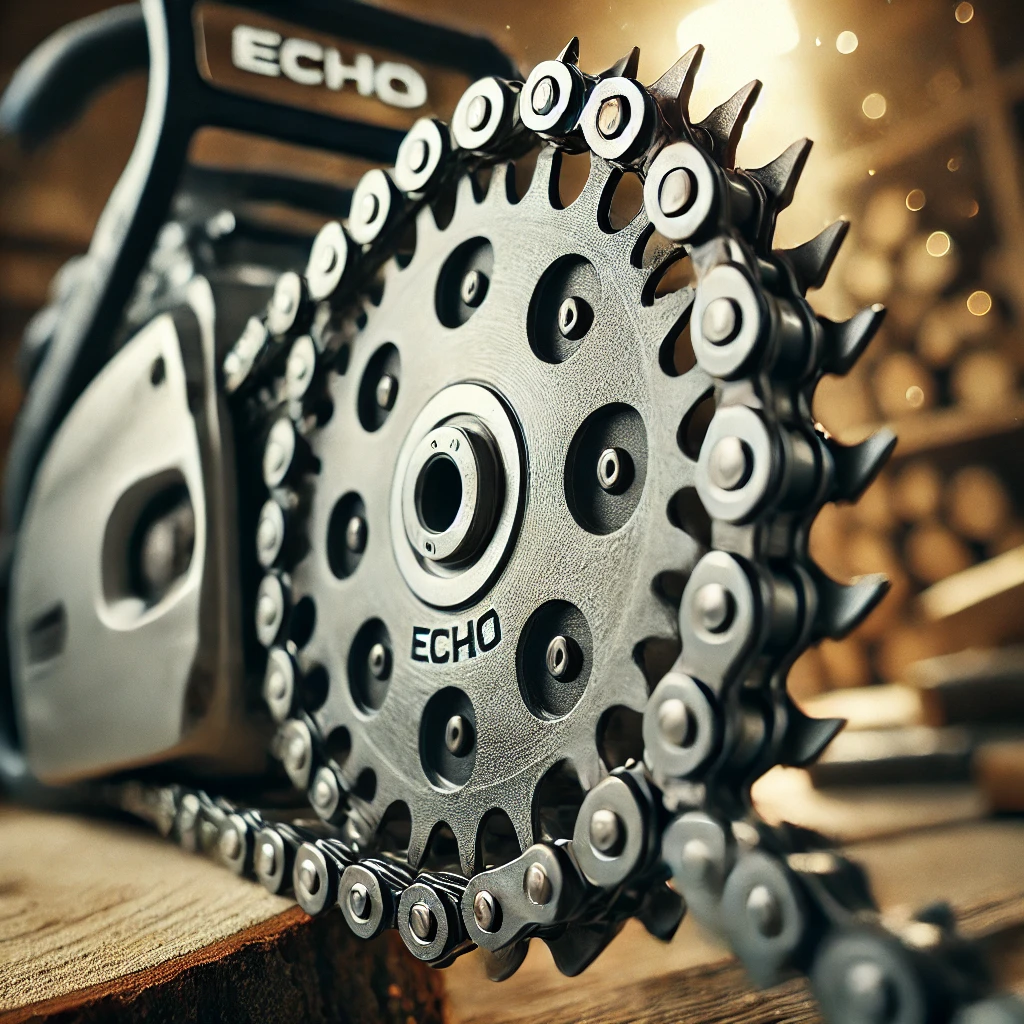
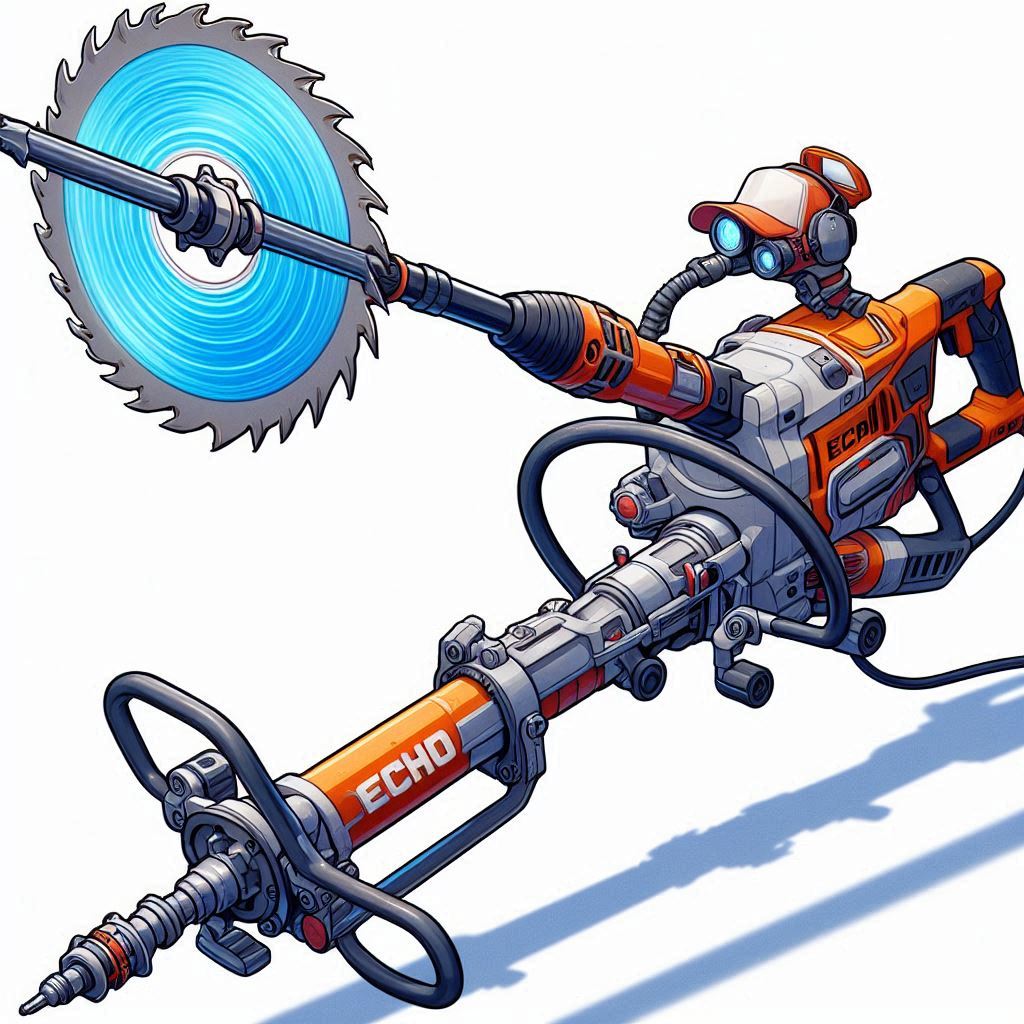
Leave a Reply